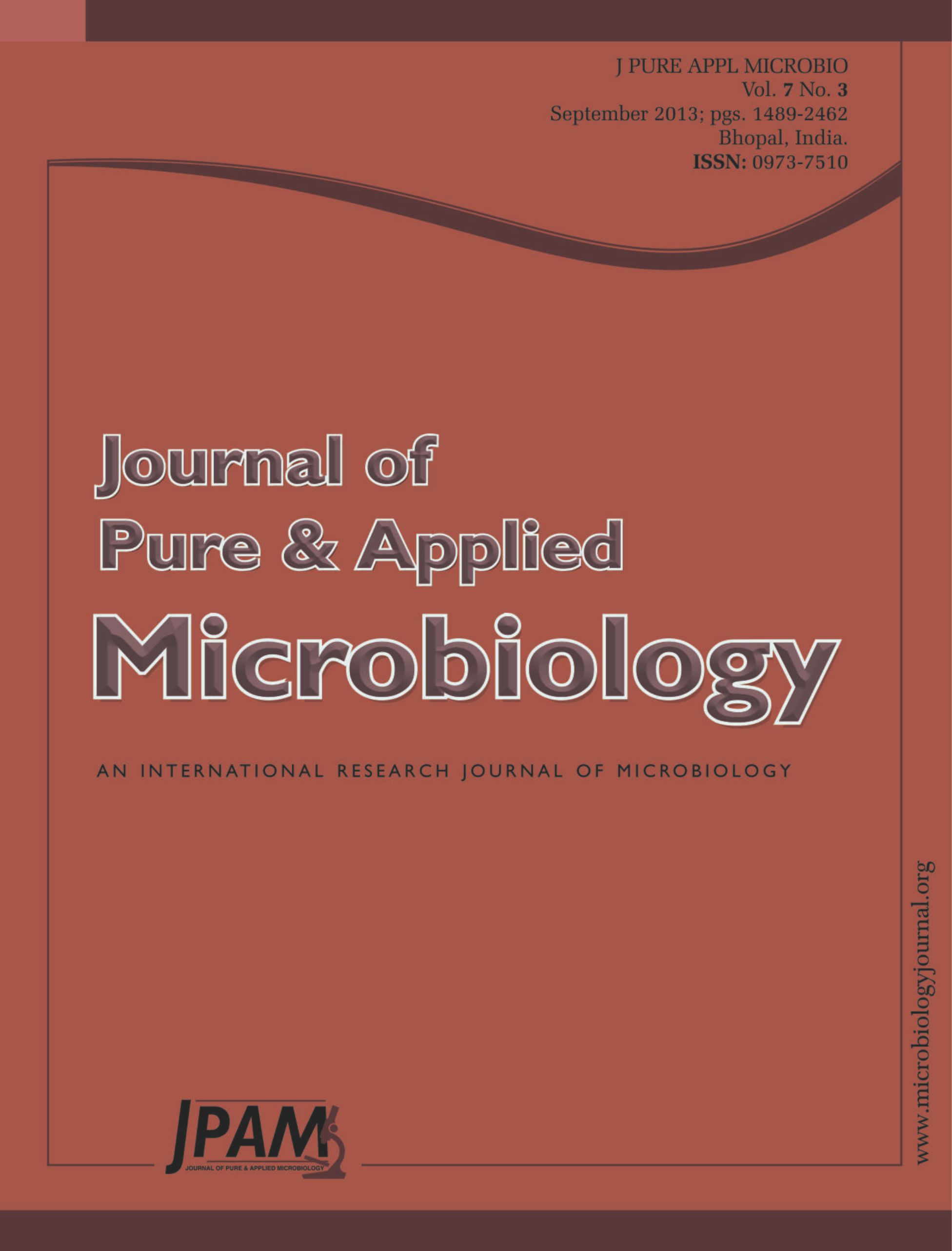Multidrug-resistant strains of Acinetobacter baumannii have emerged as formidable nosocomial pathogens, particularly among patients with pneumonia in intensive care units (ICUs) with a high mortality rate. In this study 100 A. baumannii isolates from patients in tertiary ICUs of Shiraz university hospital in southwest of Iran were selected and tested for susceptibility to 24 antimicrobials and multiplex PCR methods were used to determine virulence factors and International Clone (IC) of A. baumannii isolates. Considerable number of the isolates (68%) belonged to IC2, which was widespread in all ICUs. Twenty-one (21%) isolates pertained to IC1. Eleven of the isolates (11%) belonged to 3 novel variant of SG4-6. Drug resistance pattern showed that MDR and XDR phenotype proportion among isolates was 75% and 18%, respectively. 13% of the
A. baumannii isolates were resistant to colistin. All of the isolates were positive for both the pld and the pgaB virulence genes tested. The prevalence of ptk and epsA genes was 71% and 38%, respectively. Coexistence of ptk with epsA genes was observed in 29% of the isolates. The prevalence of the ptk and the epsA genes among of isolates differs noticeably in different clonal types.
Acinetobacter baumannii, International clone, Multidrug-resistance, Virulence genes
© The Author(s) 2014. Open Access. This article is distributed under the terms of the Creative Commons Attribution 4.0 International License which permits unrestricted use, sharing, distribution, and reproduction in any medium, provided you give appropriate credit to the original author(s) and the source, provide a link to the Creative Commons license, and indicate if changes were made.


